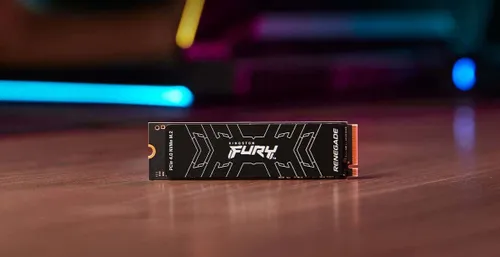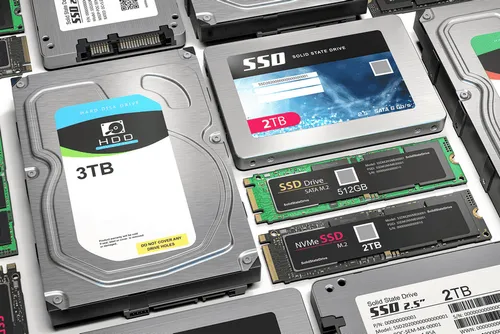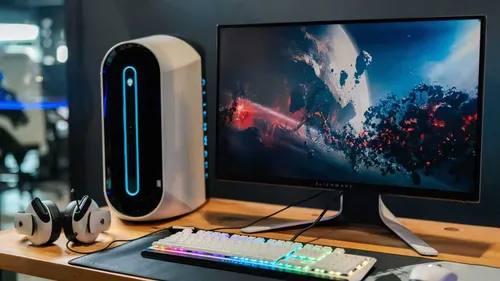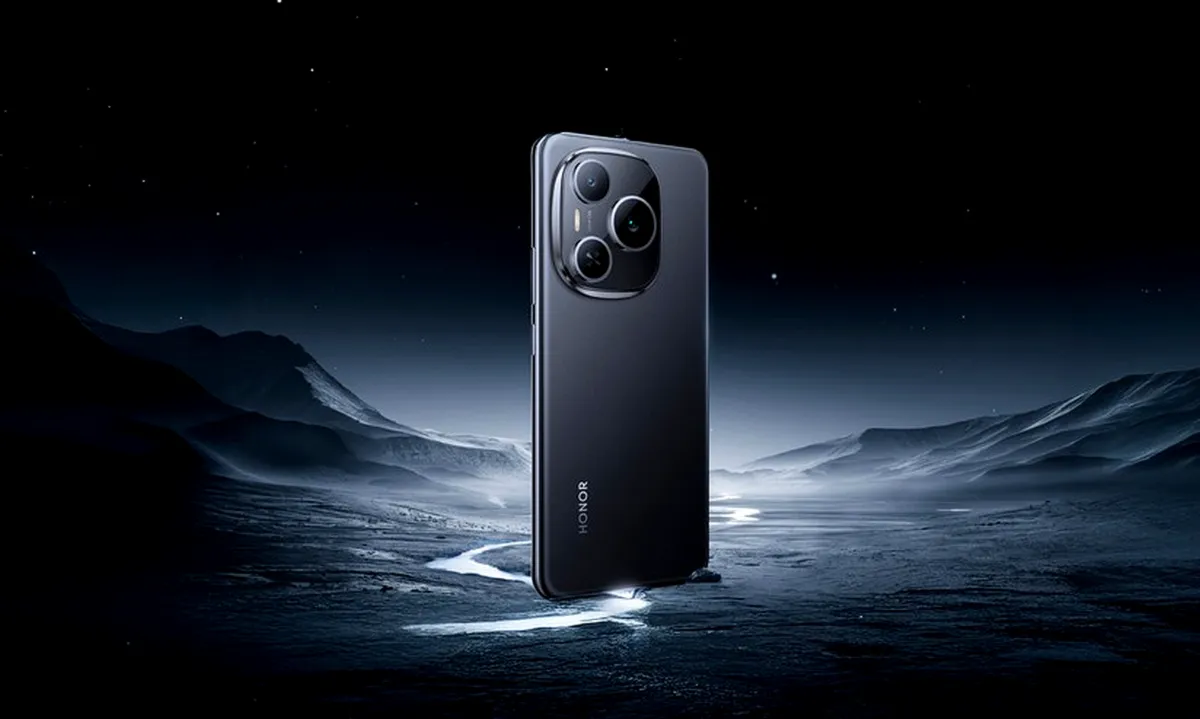
Imagine waiting through interminable loading screens, constantly yearning to jump straight into the action. For many gamers, this is a familiar pain point. But what if there was a way to significantly reduce those load times and experience a smoother, more immersive gameplay experience? The answer is to store games on SSD.
Modern games are behemoths, often devouring hundreds of gigabytes of space. Here's the thing: the performance of these games isn't solely determined by your graphics card or processor's muscle. The speed of your storage drive plays a vital role as well.
Games Stored in SSD Loads Faster

Let's face it, we've all been there: staring at a loading screen, tapping our feet impatiently, longing to dive into the heart of the game. But what if you could slash those load times dramatically? Enter the world of Solid State Drives (SSDs).
One of the biggest advantages of storing games on SSDs is the lightning-fast data transfer speeds. This translates directly to faster loading times in games. We're talking about a four-fold speed boost compared to traditional Hard Disk Drives (HDDs).
This means less time staring at a static screen and more time enjoying the game. Imagine the difference in an open-world title where vast landscapes need to be loaded. With an SSD, you'll be exploring in no time, while an HDD might leave you waiting for minutes.
The benefits extend to multiplayer games as well. Some games require all players to finish loading before a map launches. An SSD ensures you're not the one holding everyone back, creating a smoother experience for everyone involved.
You Get Better Gaming Performance When Games Are on SSD

The benefits of SSDs go beyond simply annihilating those dreaded loading screens. The same lightning-fast data transfer speeds that make loading a breeze also contribute to better in-game performance.
Think of it like this: modern games are data-hungry beasts. While you're playing, they're constantly making thousands of tiny read and write operations, juggling hundreds of megabytes of data. An HDD, with its slower speeds, can struggle to keep up with this constant back and forth.
An SSD, on the other hand, is a data transfer champion. This translates to smoother gameplay with fewer hitches and stutters. Imagine a seamless open-world experience where textures load instantly as you explore, or a fast-paced multiplayer match without any lag spikes. That's the power of an SSD at work.
It's important to remember that an SSD won't magically boost your frames-per-second (FPS). Your CPU and graphics card are still the main players when it comes to raw graphical horsepower. However, an SSD can significantly improve latency, which is the time it takes for data to travel between your storage drive and other components. Lower latency means a smoother, more responsive gaming experience.
Storing Games on SSD Can Even Allow You to Enjoy Better Graphics

While an SSD won't magically turn your low-resolution games into graphical masterpieces, the benefits we've discussed - faster loading times and smoother performance - do contribute to a better overall visual experience.
Here's why: modern games often utilize a trick with textures. Objects in the distance appear with lower-resolution textures for better performance. As you get closer, the game swaps these for higher-resolution versions, creating a more detailed image.
With an SSD's lightning-fast data transfer speeds, this texture swapping happens much quicker. The result? A world that looks sharper and more detailed as you explore. Imagine a sprawling open world where textures pop in instantly, eliminating those jarring low-resolution moments that can break immersion.
It's important to reiterate that your CPU and graphics card are still the key players when it comes to raw graphical power. However, an SSD helps these components work together more efficiently. By eliminating texture loading delays, an SSD contributes to a more visually stunning and immersive gaming experience.
Better Reliability

When it comes to data storage, reliability is paramount. This is especially true for your precious game library. Here's where SSDs shine again. Unlike HDDs, they have no moving parts. This translates to superior shock resistance and overall durability.
Traditional HDDs rely on spinning disks and a delicate read/write arm. Over time, these mechanical components wear down, increasing the risk of failure. Even a small bump or jostle can damage an HDD.
SSDs, on the other hand, are built for the rigors of everyday use. Their lack of moving parts makes them significantly more resistant to shock and impact. This translates to a longer lifespan (typically 5-10 years compared to 3-5 years for HDDs) and a lower risk of data corruption or component failure.
So, you can rest assured that your game library is safe and sound on an SSD, even if you take your gaming rig to LAN parties or travel frequently.
SSD Is Quieter Than HDD

While not the loudest component in your PC, traditional HDDs do generate some noise due to their spinning platters and read/write arms. This constant whirring can range from a barely noticeable hum to a distracting white noise, clocking in around 20 to 40 decibels (dB).
The secret to an SSD's superior reliability - its lack of moving parts - also makes it the king of quiet operation. With no mechanical components generating noise, SSDs operate in blissful silence.
This translates to a more peaceful gaming experience, especially for those who prefer a quieter environment. Imagine the difference: the intense soundtrack and sound effects of your game come through crystal clear, unimpeded by any background hum from your storage drive.
Even if your PC fans tend to drown out the noise from a standard HDD, upgrading to an SSD can contribute to an overall quieter system. This is a welcome benefit for gamers who value a truly immersive audio experience.
Lower Heat and Lower Power Consumption

Gaming PCs are power guzzlers. Between the CPU and graphics card working overtime to deliver stunning visuals, your power supply can be pushed to its limits. Here's where SSDs come in as unexpected heroes.
Compared to traditional HDDs, SSDs are champions of power efficiency. We're talking about a significant difference: an SSD sips power, typically consuming between 1 and 4 watts, while an HDD can guzzle up to 20-25 watts during startup and settle at 4-9 watts during regular use.
This translates to several benefits for gamers. First, with less power being drawn by your storage drive, there's more headroom for your CPU and GPU to perform at their peak. This can potentially lead to smoother gameplay and less stuttering.
Second, lower power consumption also means potentially lower electricity bills. Every watt saved adds up, especially for those who game for extended periods.
Finally, SSDs generate less heat than HDDs. This translates to less strain on your cooling system and potentially quieter operation – a double win for gamers who value both performance and a peaceful environment.
Loading






